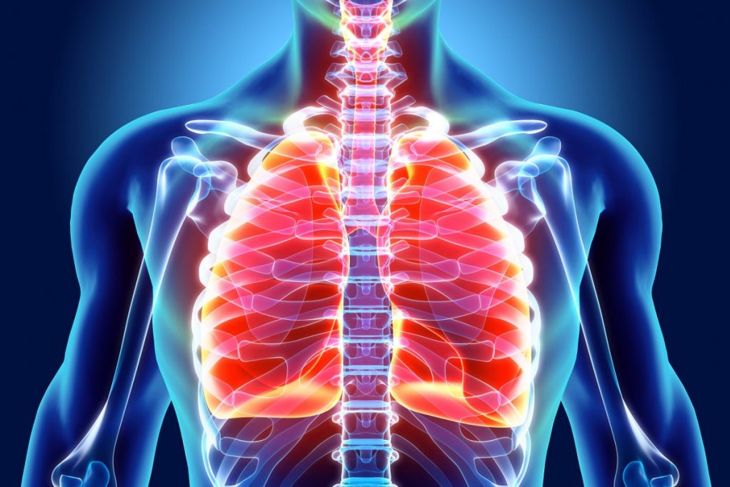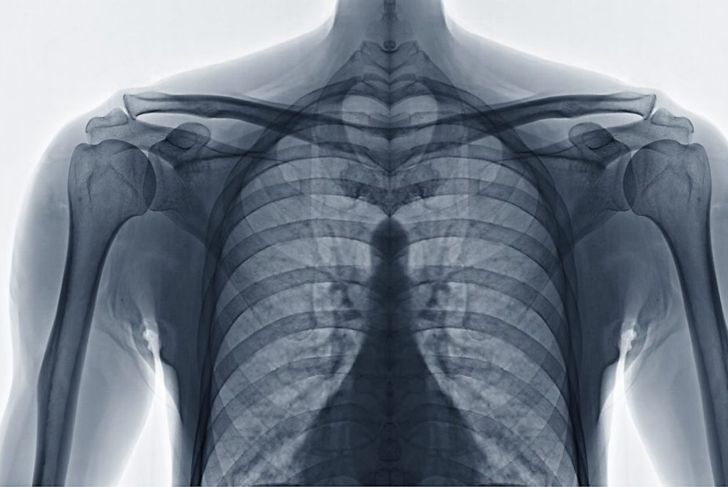Chronic obstructive lung disease (COLD) is an umbrella term for a group of conditions that make it difficult to fully empty the lungs of air. For this reason, people with COLD often experience breathlessness. The disease requires prompt medical treatment to prevent dangerous complications. There are various causes of the signs and symptoms of COLD. Severity and prognosis will vary from person to person depending on the underlying cause and advancement of the disease.
Definition of COLD
When a person has a chronic obstructive lung disease, this means their lungs are damaged, or their airways have become narrowed, making it harder and slower to exhale. When the person finishes breathing out, a large amount of air remains in the lungs. The effects of COLD are felt more during physical exercise because an increased rate of breathing gives the person less time to empty their lungs before the next breath.
Types of COLD
One of the most common causes of chronic obstructive lung disease is COPD or chronic obstructive pulmonary disease, which includes bronchitis and emphysema. Asthma is another common cause as it narrows the airways; the condition is the leading cause of COLD in children. Cystic fibrosis and bronchiectasis fall under the COLD umbrella, as well.
Diagnosis
Doctors usually test for COLD when a person complains of breathlessness. The individual will disclose their medical history, symptoms, and lifestyle. The physician is likely to run a procedure called pulmonary function testing. During this test, the person breathes into a device that measures how air moves in and out of the lungs. A definitive diagnosis of COLD usually requires imaging of the chest, lungs, and airways using an x-ray or CT scan.
Diagnosis by Bronchoscopy
Sometimes, the doctor will order a procedure called a bronchoscopy, especially if an individual’s symptoms are cause for concern. He or she passes a small camera called an endoscope through the airways to enable closer examination. This procedure can also be used to collect tissue biopsies from the airways for laboratory testing.
Common Symptoms
If COLD is not very advanced, the main symptom is a feeling of breathlessness during physical exertion. However, as the disease progresses, the amount of exertion needed to make the person breathless decreases. Eventually, the person may feel breathless all the time, even while resting. Many people with COLD also have a chronic dry cough. If the cause is chronic bronchitis, the person may cough up catarrh.
COLD and Mental Health
There is a link between COLD and mental health problems. It’s not uncommon for people with breathing problems caused by COLD to experience anxiety and depression, as symptoms can be distressing. The chronic breathlessness usually experienced by people with COLD can restrict the ability to carry out day-to-day activities and require unwanted lifestyle changes.
Treatment Options
COLD is usually treated using medication, which can relax the muscles of the airways and reduce narrowing. An inhaler is usually the method of delivery for these medications. If inflammation causes breathing difficulties, the doctor may administer anti-inflammatory medicines. For some people with COLD, a carefully-designed exercise regime can help reduce breathlessness. In severe cases, the person may require additional oxygen.
COLD vs. Restrictive Lung Disease
Chronic obstructive lung disease is often confused with chronic restrictive lung disease (CRLD). However, these conditions are distinct from each other. Chronic restrictive lung disease prevents full and deep inhalations, rather than exhalations, although symptoms of the two are similar. Common causes of CRLD include interstitial lung disease, obesity, scoliosis, and neuromuscular disease.
Risk Factors for COLD
Some people are more likely to develop COLD than others. One of the greatest risk factors is smoking. Inhaling second-hand smoke can also raise the likelihood of developing the condition. Breathing in pollution, smog, or certain chemicals on a regular basis can make COLD more likely, as well, as can breathing in dust particles. If a person had lots of respiratory infections in childhood, they are at higher risk. Some people also have a genetic predisposition toward COLD.
Prevention of Chronic Obstructive Lung Disease
Stopping — or avoiding — smoking is the best way to help or prevent COLD. Smokers should also ensure their homes are kept smoke-free so non-smoking members of the family are not put at risk. For some people, exposure to chemicals and fumes in the workplace may be a concern. In this situation, it’s important to follow health and safety procedures to reduce exposure as much as possible. Although it is harder to avoid environmental pollution, working toward cleaner air, especially in cities, is an important step toward the widespread reduction of COLD instances.

 Home
Home Health
Health Diet & Nutrition
Diet & Nutrition Living Well
Living Well More
More




















